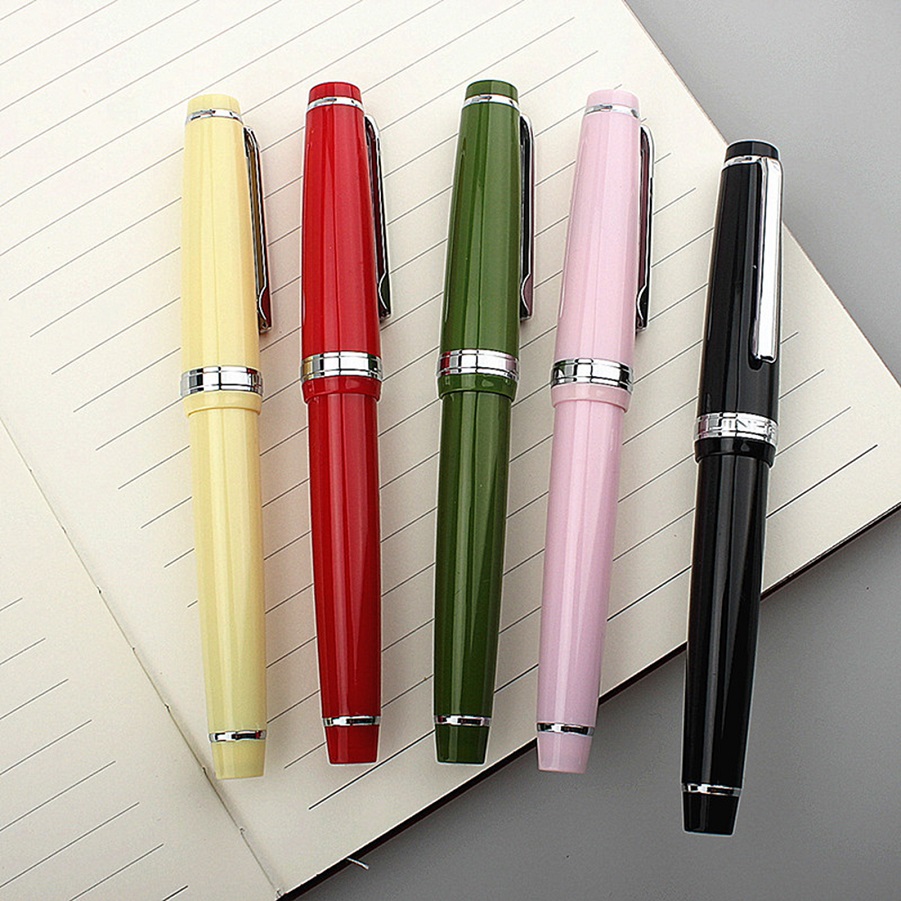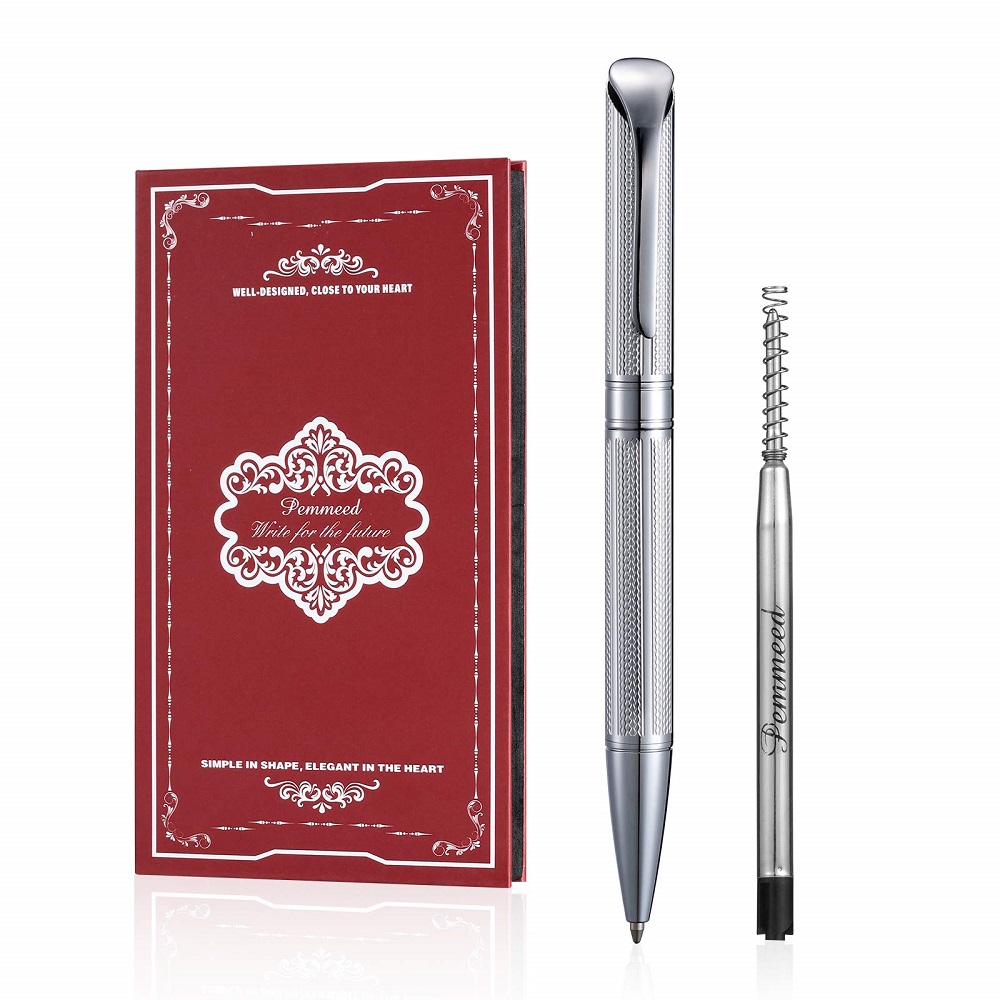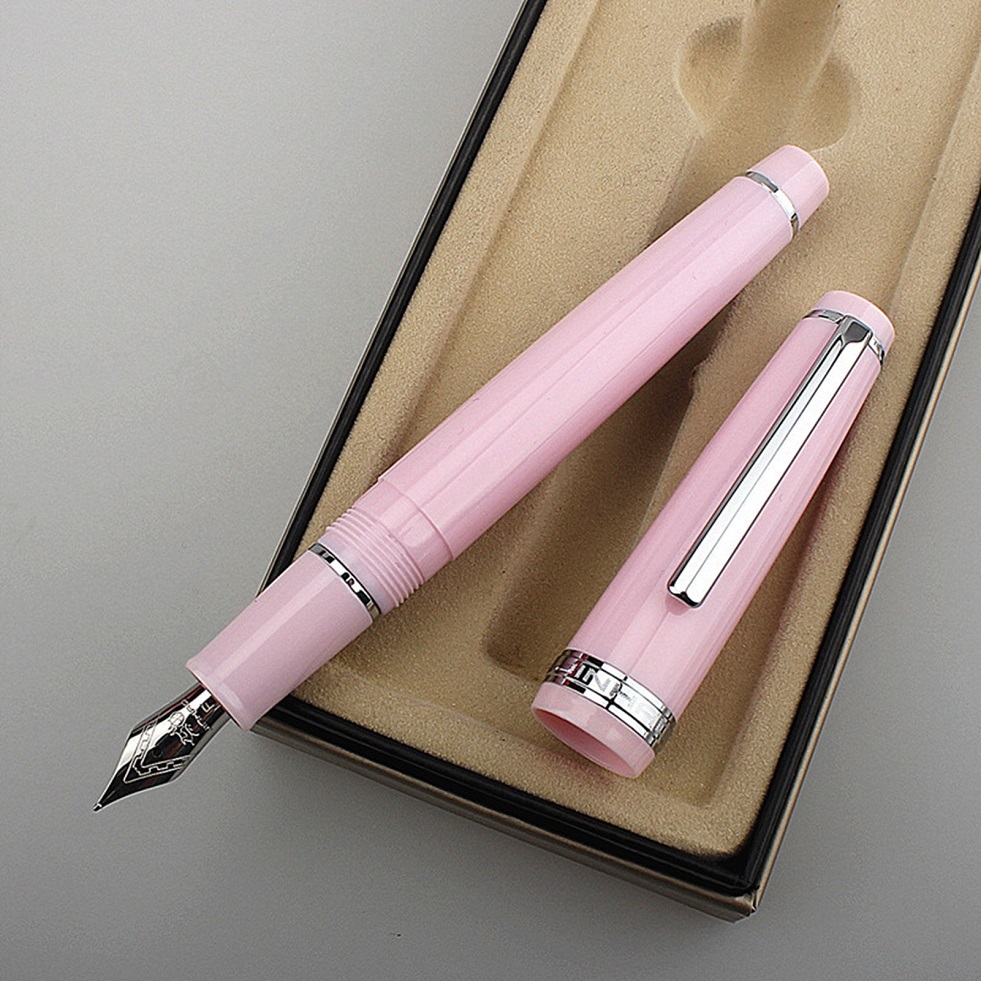Introduction
Ink pens have long captivated writers, artists, and enthusiasts who appreciate the fusion of functionality and artistry. Their rich history and enduring appeal make them a favored instrument for personal expression. In this article, we will explore the intricate world of ink pens, from their evolution and distinctive features to their role in modern society. We will also examine various ink pen types, maintenance practices, and the unique satisfaction they provide to users.
The Historical Journey of Ink Pens
The Origins and Early Development
Ink pens have a storied history that dates back to ancient civilizations. The first ink pens were simple reed pens used by Egyptians around 3000 BC. These rudimentary instruments carved into reeds allowed scribes to write on papyrus. As time progressed, quill pens emerged, made from bird feathers, typically goose. Writers sharpened the quill point to create a nib that could hold ink and produce fine lines. The quill pen era spanned centuries, significantly influencing writing and record-keeping.

The Advent of Dip Pens
The 19th century marked a significant leap with the invention of the dip pen. These pens featured metal nibs, eliminating the need for constant sharpening. Users could dip them in ink wells, offering more reliability and fine lines than quills. Dip pens allowed for advancements in penmanship and artistic endeavors. They became popular among both professionals and hobbyists for their precision and versatility.
The Rise of Fountain Pens
The fountain pen revolutionized writing in the late 19th and early 20th centuries. Lewis Waterman, an insurance broker, invented the first practical fountain pen in 1884. His design incorporated an ink reservoir and a capillary feed system, allowing ink flow controlled by gravity and capillary action. Fountain pens quickly gained popularity due to their convenience, aesthetic appeal, and capacity for smooth, continuous writing.
The Anatomy of an Ink Pen
Basic Components
Ink pens, especially fountain pens, consist of several key components that determine their performance and user experience. Each part plays a critical role:
- Nib: This is the pen’s writing point, usually made of stainless steel, gold, or other metals. Nibs come in various shapes and sizes, influencing the line width and writing style.
- Feed: Located beneath the nib, the feed controls ink flow to ensure a steady supply to the nib. It uses channels that guide ink from the reservoir.
- Ink Reservoir: The reservoir is the pen’s storage chamber for ink, varying in capacity depending on the pen model. Modern pens use cartridges or converters while vintage ones may have integrated filling systems like lever or piston mechanisms.
- Body and Cap: The pen body encloses the ink reservoir and can be crafted from various materials, including plastic, metal, and wood. The cap protects the nib from damage and drying out when not in use.
Understanding Ink Flow
Ink flow is crucial to an ink pen’s performance. A well-designed feed system ensures a consistent ink supply, preventing skipping and leakage. The balance between air and ink channels regulates pressure, enabling a smooth writing experience. Fountain pens require periodic cleaning to prevent clogs and maintain optimal flow.
The Various Types of Ink Pens
Fountain Pens
Fountain pens are popular for their elegant design and writing finesse. They offer customizable nibs, allowing users to select different widths and styles. Gaston File, a writer, once described the fountain pen as “a fine brush to the painter.” The tactile experience they provide makes writing a pleasure, whether drafting documents, writing letters, or sketching.
Ballpoint Pens
Ballpoint pens, developed in the 20th century, are notable for their reliability and low maintenance. A small ball bearing rotates at the tip, distributing ink consistently. They gained fame for their no-smudge ink and durability. Despite their simplicity, ballpoint pens remain a staple in offices and schools.
Rollerball Pens
Rollerball pens combine fountain pens’ smoothness with ballpoint convenience. They use water-based liquid or gel ink, allowing for fluid writing and vibrant color varieties. Rollerball pens are ideal for those craving a comfortable writing experience without refilling.
Gel Pens
Gel pens evolved from rollerballs with thick gel ink offering vivid, opaque colors. Artists and crafters favor them for their artistic versatility and rich pigmentation. They also provide ease of use for everyday writing tasks, appealing to a wide audience.
The Artistry of Ink Pens
A Collector’s Delight
Ink pens have captured the interest of collectors worldwide. Vintage and limited-edition pens can be valuable, reflecting historical significance and craftsmanship. Collectors often appreciate the heritage and unique designs, from intricate engravings to precious materials. Collections may focus on specific brands, eras, or styles, each telling a personal story.
Expression of Personality
Ink pens serve as tools for expressing personality and individuality. Writers often develop a preference for specific nibs, ink colors, and pen styles. Choosing an ink pen becomes a personal decision, reflecting one’s taste and writing intentions. Pens can be customized with engravings or adorned with gemstones, adding a personal touch.
Luxury and Status Symbol
Luxury ink pens symbolize status and sophistication. Renowned brands like Montblanc, Parker, and Pelikan produce exquisite pens from precious materials, often adorned with gold, silver, or diamonds. Such pens are treasured possessions and prestigious gifts for celebrating milestones or achievements.
Crafting the Perfect Penmanship
The Importance of Penmanship
Penmanship is an art form that ink pens elevate. Writing with an ink pen encourages mindful writing and attention to letterforms. The tactile feedback and control these pens offer promote fine motor skills and coordination. Many educational institutions integrate ink pens into their curricula to enhance handwriting skills in students.
Techniques for Mastery
Achieving mastery in penmanship with an ink pen requires practice and technique. Users should start with basic strokes, focusing on pressure control and consistency. As proficiency grows, they can experiment with cursive styles and calligraphy. Ink pens invite creativity in letterforms, allowing for unique expression.
The Meditative Experience
Writing with an ink pen provides a meditative experience. The deliberate pace and rhythmic motion encourage reflection and mindfulness. Studies suggest that using ink pens can enhance cognitive function, memory, and concentration. The analog nature of writing allows individuals to disconnect from digital distractions, fostering creativity and clarity.
Ink Pen Maintenance and Care
Cleaning and Storage
Proper care of ink pens ensures longevity and optimal performance. Regular cleaning prevents ink build-up and clogs. Users should flush the ink system with water, especially when changing ink colors or after a period of disuse. Proper storage, ideally in a horizontal position, guards against leakage and protects the nib.
Troubleshooting Common Issues
Ink pens may occasionally face issues, such as nib skips or ink blockages. Troubleshooting involves examining the nib for misalignment and ensuring the feed is clear. Users can adjust the ink flow by gently bending the nib or using a flow enhancer. Persistent problems may require professional repair or nib replacement.
Ink Selection and Usage
Choosing the right ink further enhances the ink pen experience. Users should consider factors like waterproof properties, viscosity, and color richness. Inks come in bottled or cartridge forms, allowing for convenience and flexibility. Experimenting with various inks adds depth to writing and an artistic palette.
The Environmental Impact of Ink Pens
Sustainable Practices
Ink pens, especially those with refillable systems, support sustainable practices. By reducing single-use plastics associated with disposable pens, ink pens contribute to environmental conservation. Users can opt for eco-friendly inks and recycled materials, aligning with eco-conscious values.
Educational and Professional Applications
Enhancing Learning in Education
Ink pens play a vital role in educational settings, fostering learning and engagement. Studies indicate that writing by hand improves information retention and comprehension. Ink pens, with their tactile feedback, encourage students to engage more thoughtfully with the writing process, enhancing cognitive development.
Facilitating Professional Communication
In professional environments, ink pens symbolize authority and professionalism. Signatures with ink pens exude authenticity and trust. Many professionals prefer using ink pens for note-taking, sketchnoting, and creative brainstorming, valuing their tactile connection to ideas and inspiration.
The Emotional Connection to Ink Pens
Personal Reflection and Journaling
Ink pens are companions for personal reflection and journaling. The intentionality of writing with ink fosters introspection and self-expression. The tactile experience enhances sensory engagement, allowing emotions and thoughts to flow naturally onto paper.
Storytelling and Creative Writing
For writers, ink pens serve as tools that bridge imagination and reality. They provide a tangible connection to storytelling, capturing the essence of characters and narratives. The rhythmic flow of ink inspires creativity, allowing words to shape vivid worlds and immersive experiences.
Nostalgia and Tradition
Ink pens evoke nostalgia and connect us to traditions that span generations. Many cherish ink pens passed down as heirlooms, carrying personal and historical significance. The timeless nature of ink pens symbolizes enduring relationships and the art of handwritten communication.
The Future of Ink Pens
Innovations and Adaptations
Despite advances in digital technology, ink pens continue to evolve with innovations that cater to modern needs. Brands experiment with new materials, ergonomic designs, and innovative ink formulations. These adaptations honor the pen’s legacy while meeting contemporary preferences.
The Enduring Relevance
Ink pens remain relevant in a digital age, offering a respite from screens and digital communication’s transient nature. Their tactile, deliberate writing process provides a meaningful alternative to fast-paced digital interactions. As long as people value personal expression, tactile experiences, and artistry, ink pens will continue to hold a cherished place in society.
Conclusion
Ink pens are more than mere writing instruments; they are symbols of expression, creativity, and legacy. From their historical beginnings to their enduring appeal, ink pens invite us to explore the art of writing in its purest form. They connect us to traditions, enhance our penmanship, and allow our thoughts to flow seamlessly onto the page. In a world that often prioritizes expediency, ink pens remind us to pause, reflect, and embrace the elegance of handwritten expression.




